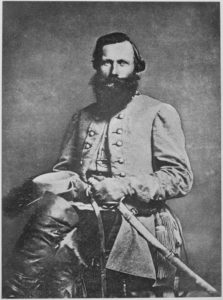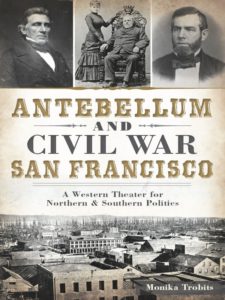Tom McMahon on “The Battle of Monocacy”
Also known as Monocacy Junction, the Battle of Monocacy was fought on July 9, 1864, approximately 6 miles (9.7 km) from Frederick, Maryland, as part of the Valley Campaigns of 1864 during the American Civil War. This was just one year after Gettysburg, and 13 months before R.E. Lee’s surrender at Appomattox. It is a key rag tale battle that becomes the defense of Washington, and a great contributor to the continuance of the Union.
Tom McMahon, now in his 90s, is a third generation native San Franciscan whose great grandparents came as Irish immigrants in 1858 directly to the City, more than likely via the Isthmus of Panama, and then by boat up the West Coast. Tom is a member of the South Bay Civil War Round Table.



